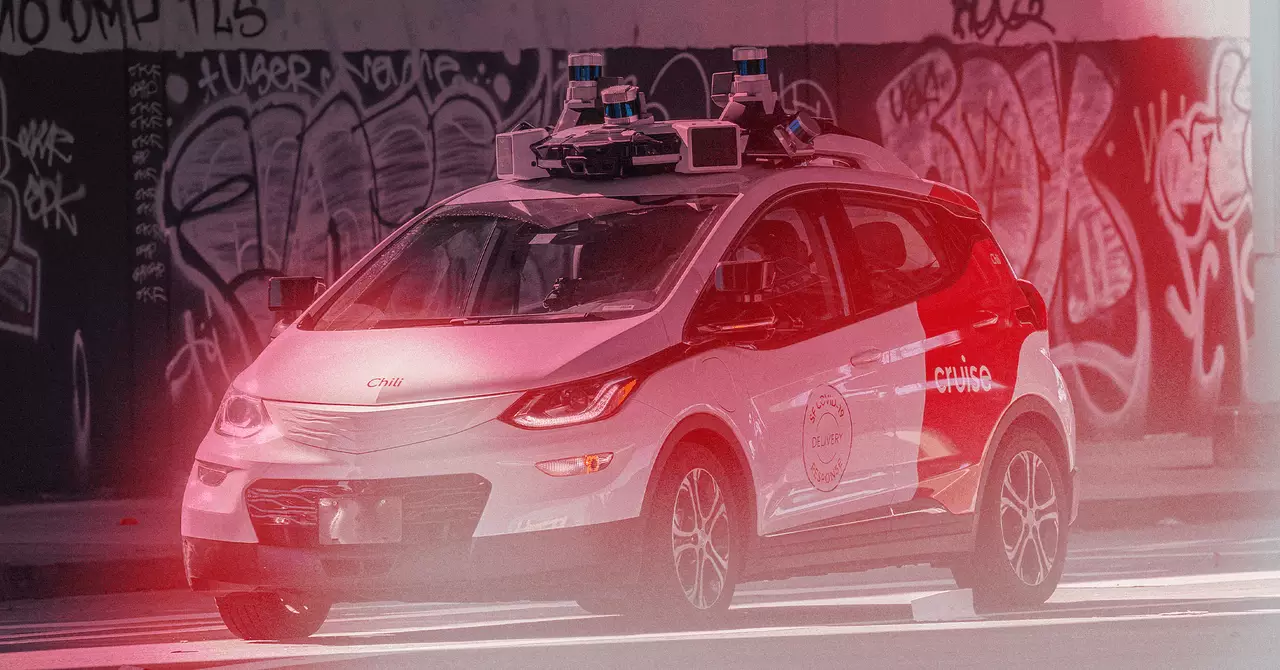For years, the ambitious dream of autonomous taxis transforming urban mobility has captured imaginations and investment dollars alike. But, as many industry insiders recognize, turning this vision into reality is fraught with technical, regulatory, and safety challenges. General Motors’ Cruise venture epitomized these complexities. After investing over $8 billion and launching a promising early effort, Cruise’s robotaxi ambitions faltered in late 2023 following a tragic incident and subsequent regulatory setbacks. Yet, in a surprising turn, GM appears to be quietly reshaping this failure into a stepping stone for broader technological development. Instead of abandoning the fleet entirely, the automaker is repurposing these vehicles—most notably the Bolt EVs fitted with sophisticated sensors—to serve as testing platforms for advanced driver-assistance systems (ADAS).
A Shift in Strategy: From Passenger Service to Tech Incubator
This new approach reveals GM’s pragmatic attitude toward innovation. Rather than solely chasing the dream of autonomous ride-hails, GM is using these repurposed vehicles as rolling laboratories. The evidence is compelling: sightings of Bolt hatchbacks equipped with lidar sensors and other autonomous hardware, actively testing on major highways like the San Francisco-Oakland Bay Bridge and Interstate 880. These vehicles, still manned by trained drivers, are not in service for the public but are vital to refining the technology in real-world scenarios. GM’s spokesperson confirms that this activity is internal and focused on enhancing simulation models and safety features such as lane-keeping, automated braking, and collision avoidance.
The Power of Incremental Innovation
This strategic pivot underscores how technological innovation often thrives not from large leaps but through iterative, targeted advancements. GM’s Super Cruise system, a semi-autonomous driver-assistance suite currently in some vehicles, stands to benefit profoundly. By harnessing the data gathered from these flight-tests, GM is likely accelerating the refinement of its ADAS capabilities without the immense risks associated with full autonomy. It’s a recognition that autonomous driving—especially in the unpredictable chaos of urban environments—requires patience, thorough testing, and incremental progress. The underlying philosophy here is pragmatic: leverage existing assets, optimize hardware, and build from real-world data, rather than rushing into full autonomy prematurely.
Industry Reality Check: Challenges and Opportunities
GM’s shift also reflects the broader trajectory of the autonomous vehicle industry. While companies like Waymo continue pursuing autonomous ride-hailing with limited success, others like Tesla focus on driver-assist technologies to appeal to the mass market. GM’s latest move suggests a nuanced understanding that autonomous vehicles are not a binary goal but a layered evolution. Certainly, the incident that caused Cruise to suspend operations revealed the steep hurdles of safety and public trust. Yet, rather than abandon the technology, GM is recognizing that developing robust ADAS might be a more prudent, commercially viable way forward.
Looking Ahead: The Future of Repurposed Vehicles
The repurposing of Cruise’s hardware-enabled Bolts symbolizes a broader industry trend: adaptive reuse. These vehicles, once envisioned solely as self-driving taxis, now serve as testbeds for software, sensors, and safety protocols. For GM, this is not just about salvaging sunk costs; it’s about cultivating a sustainable, layered approach to autonomous driving. While full autonomous taxis in every city remain a distant future, these upgraded vehicles could provide the technological backbone for safer, smarter driver-assistance features that benefit everyday drivers. It’s a strategy that aligns profitability with innovation, and caution with progress, ultimately shaping an automotive future that is smarter, safer, and more incremental in its advances.

